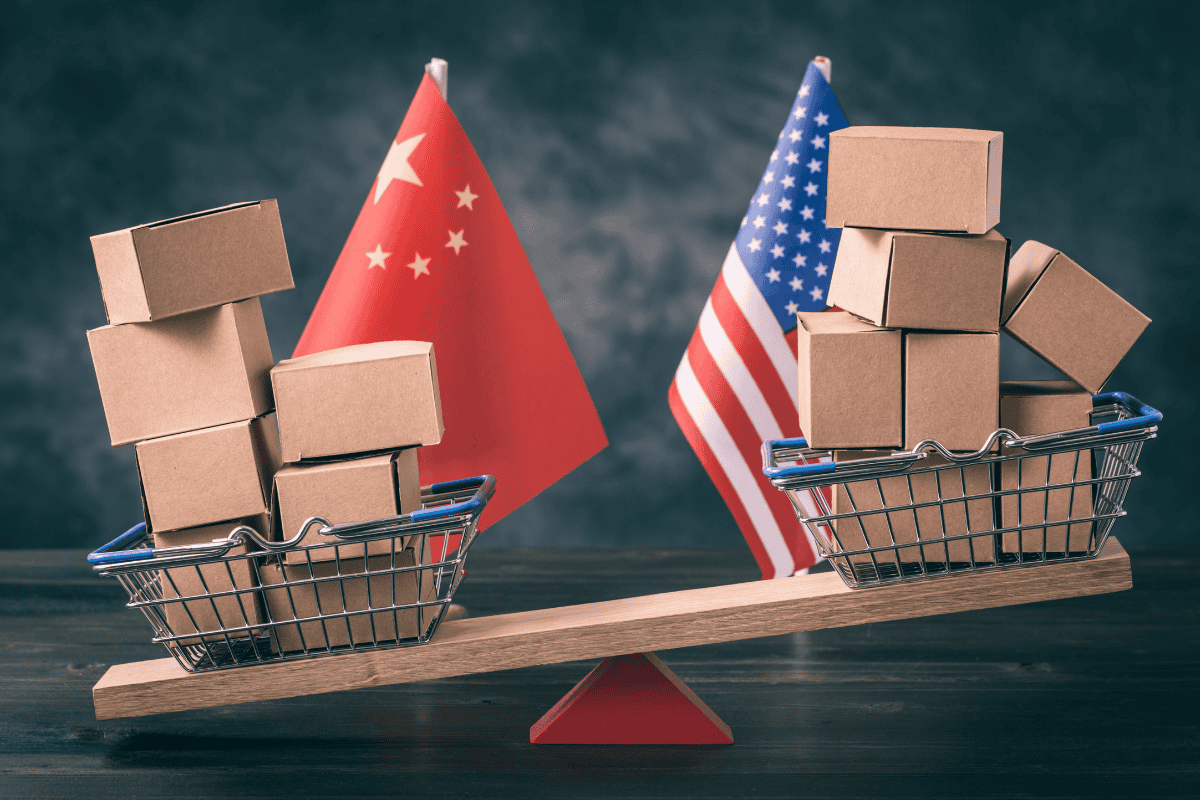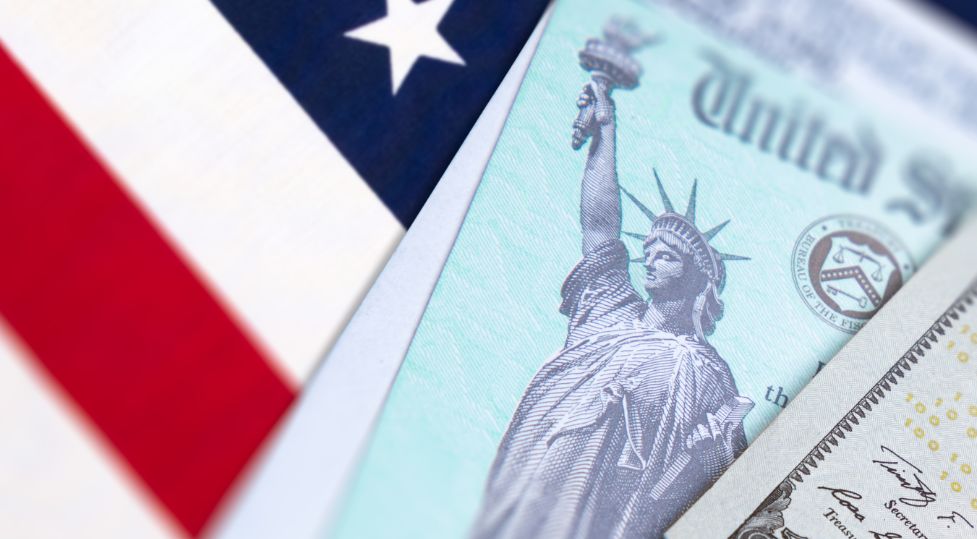In this last quarter of the year, geopolitical developments appear to have shifted the focus away from tensions surrounding the U.S. administration’s tariff policy. However, since last week, we have witnessed a resurgence of tensions between China and the United States, occurring just ahead of the scheduled meeting between Trump and Xi at the APEC summit later this month.
What happened? “On Thursday, October 9, China’s Ministry of Commerce announced the expansion of restrictions on rare earth exports, extending the limitations to foreign exporters and technologies related to rare earth elements. The following day, the Trump administration responded swiftly by imposing a 100% tariff on all Chinese products, in addition to those already in place,” summarizes Elizabeth Kwik, Director of Asian Equity Investments at Aberdeen Investments.
As clarified by Nannette Hechler-Fayd’herbe, Head of Investment Strategy, Sustainability and Research, CIO EMEA at Lombard Odier, since a meeting in Geneva in May 2025, the United States and China had been consistently postponing the implementation of tariffs and import restrictions that had been mutually threatened. According to the expert, with just a few weeks remaining until the formal end—on November 10—of the negotiated truce, the diplomatic tone has shifted, and the stakes are now higher.
“In the short term, Chinese restrictions complicate U.S. efforts to stockpile rare earth elements—metallic components essential for everything from electric vehicle motor magnets to smartphones, medical imaging, and missiles. In response, President Trump threatened to impose 100% tariffs on Chinese imports, as well as new export controls on critical chips and software aimed at curbing China’s technological advances starting November 1, and suggested he might cancel a planned meeting with President Xi Jinping. More recent comments from both sides have been more conciliatory, but escalation remains possible, and we expect a volatile few weeks ahead,” adds Hechler-Fayd’herbe.
In her view, this escalation in trade relations should not be underestimated, although it could be interpreted as a prelude to negotiations ahead of a series of deadlines. “Our expectation is that the United States and China will reach a compromise, given their level of economic interdependence; however, the risks of further escalation persist, so we are closely monitoring every development,” she notes.
Impact for Investors
Following last week’s events, Christian Gattiker, Head of Research at Julius Baer, believes that what was supposed to be a refreshing pause for the markets felt more like an “ice bucket challenge” by the close of last Friday’s session.
In his assessment, the impact was uncomfortable but ultimately healthy. “As in previous instances, we expect an eventual resumption of dialogue and some symbolic concession thereafter. From an investment perspective, we advise staying calm. The political calendar, inflation dynamics, and sentiment constraints argue against a prolonged tariff campaign. Volatility at this stage should be seen as part of the normalization process, not the beginning of a new bearish phase. The ‘cold shower’ could ultimately prove to be the healthiest outcome of all,” states Gattiker.
In this context, investors have shown concern and, as a result, Chinese stocks and Asian markets in general have suffered. “Although part of this may be short-term noise and profit-taking after the recent rally, the retaliatory measures may be more about posturing ahead of the summit. There is a possibility that both sides will ultimately find common ground to limit the impact on the markets and, in particular, Trump has previously calmed tensions when U.S. stocks and bonds began to suffer the consequences of such escalations. Moreover, on Sunday, he struck a more conciliatory tone. We will continue to closely monitor the situation,” acknowledges the Director of Asian Equity Investments at Aberdeen Investments.




